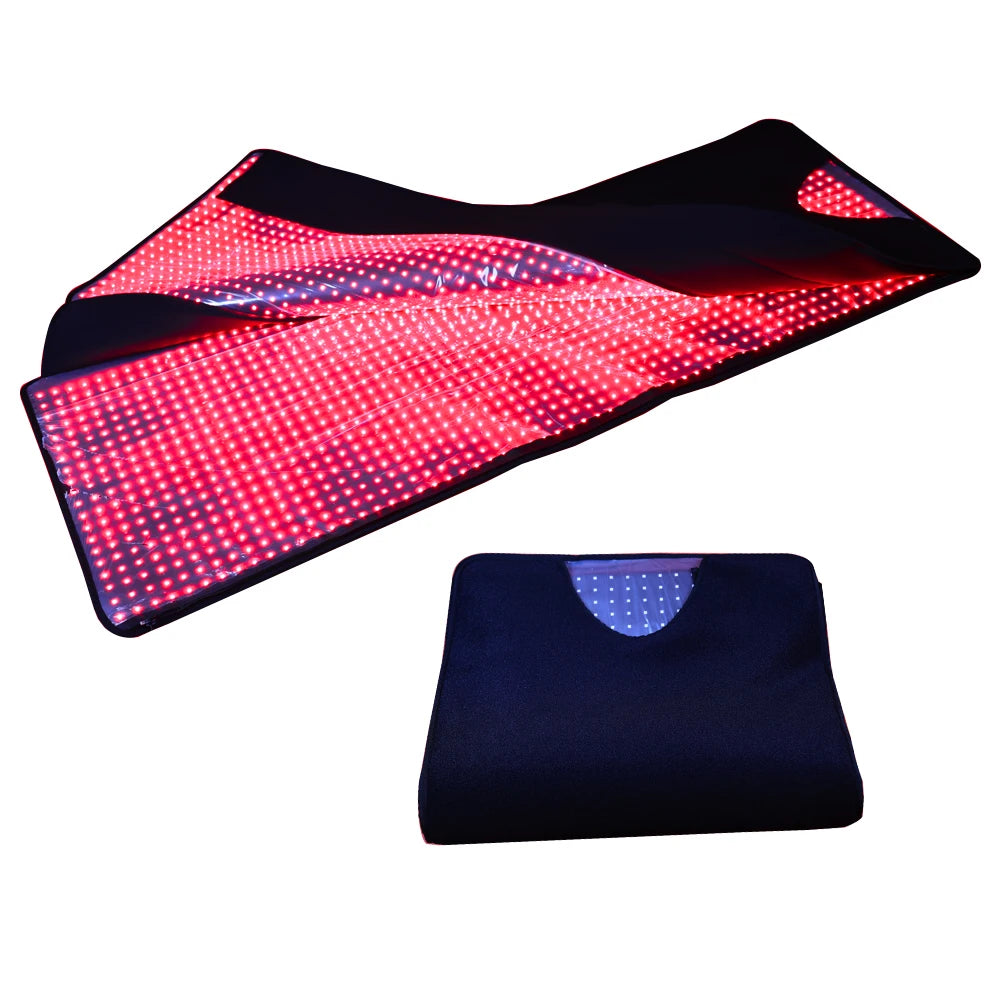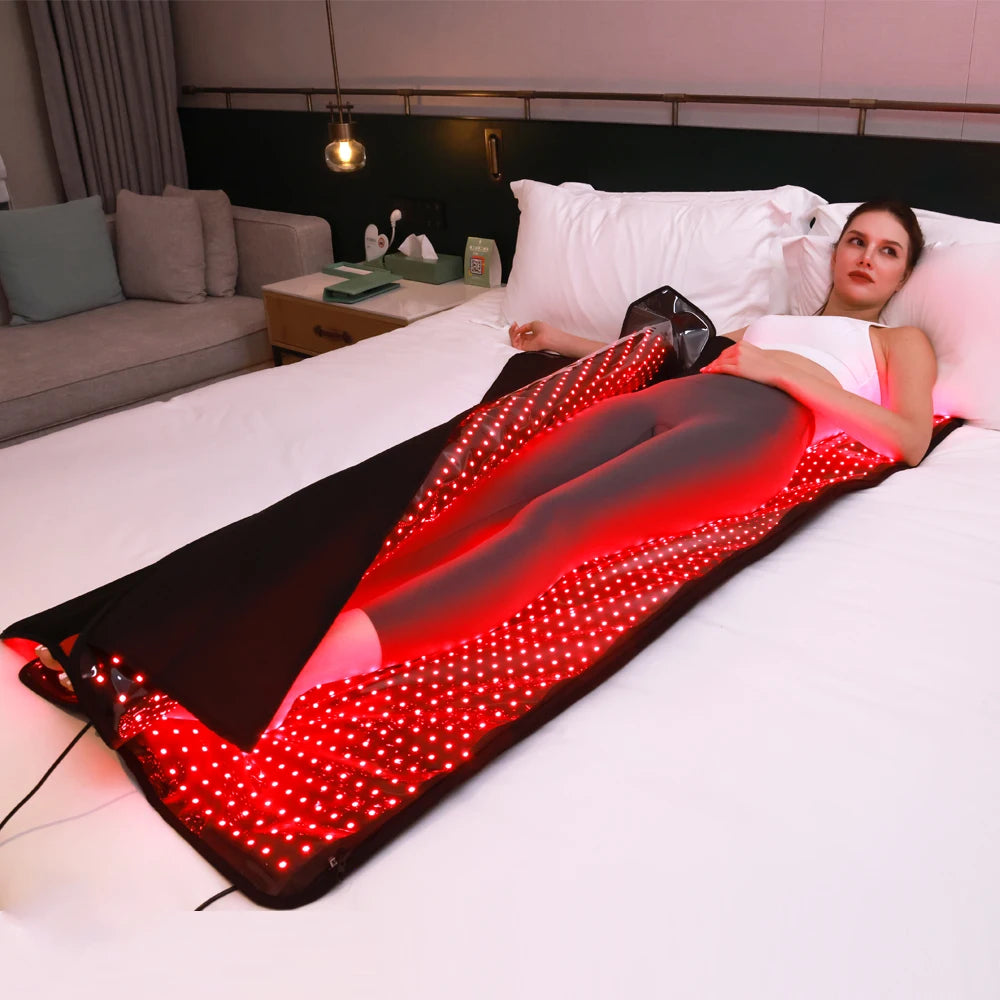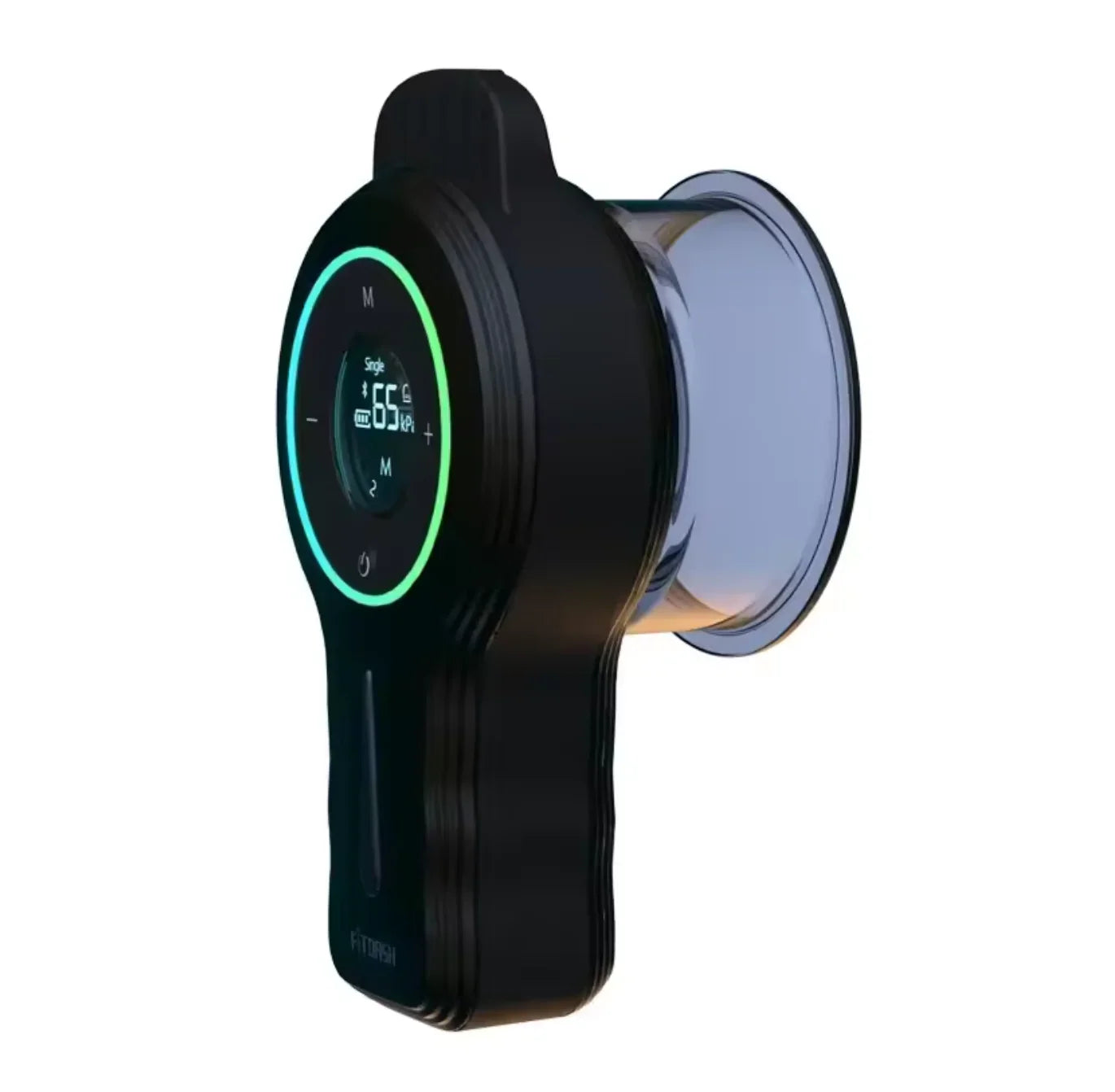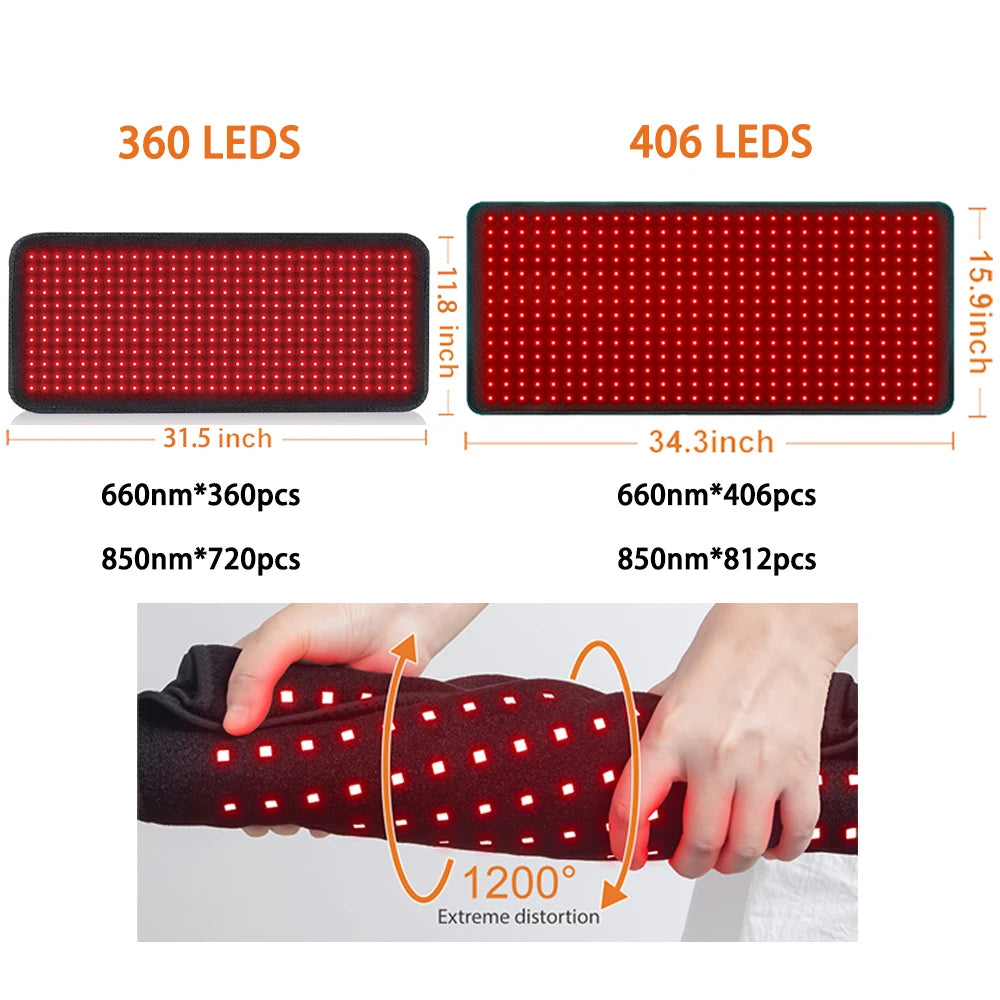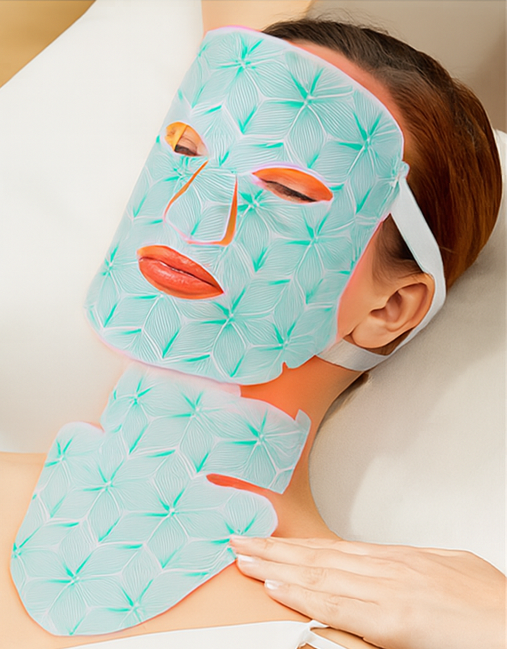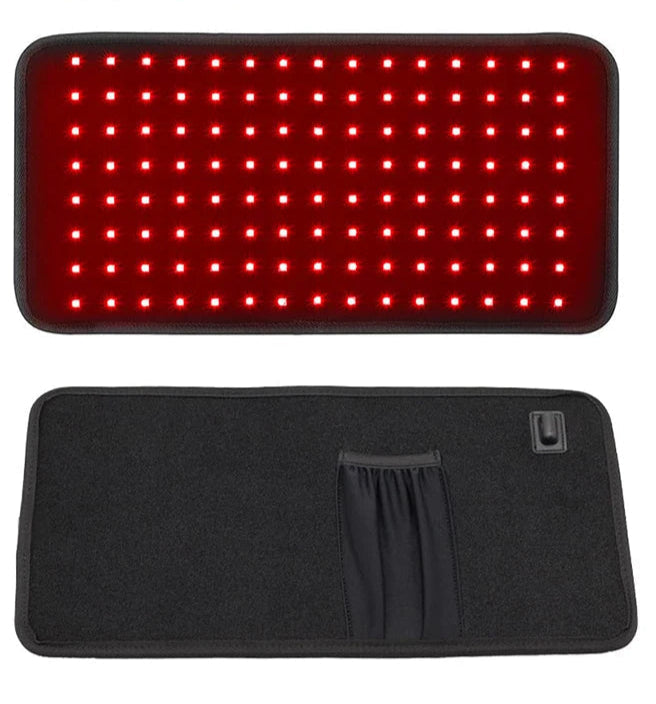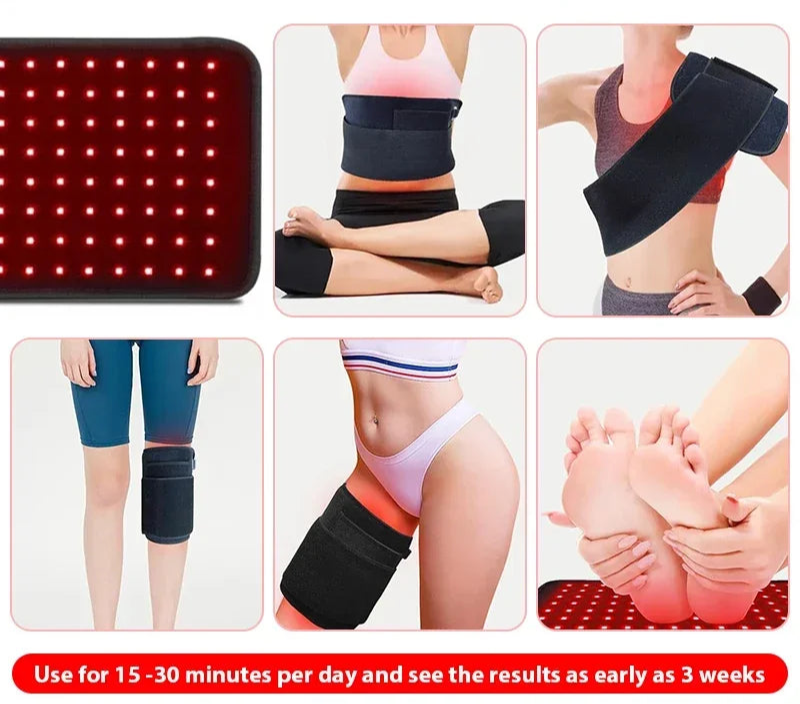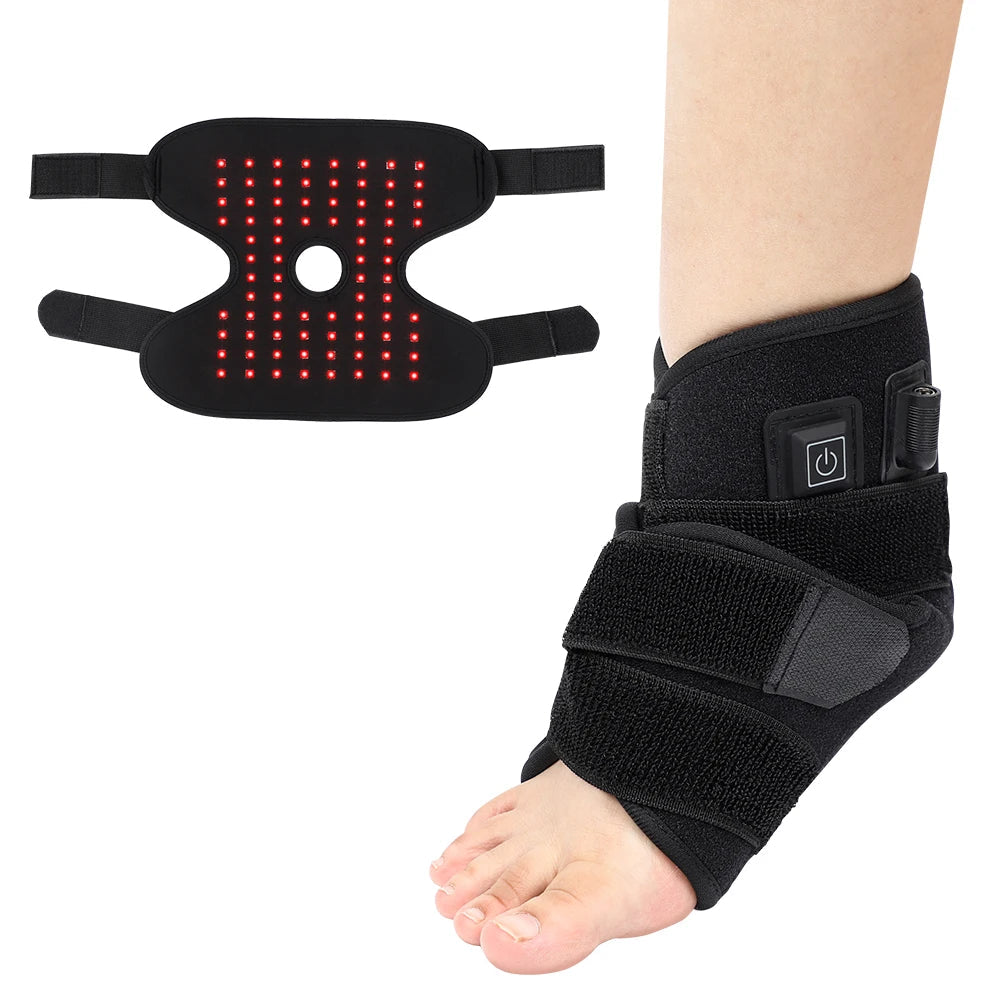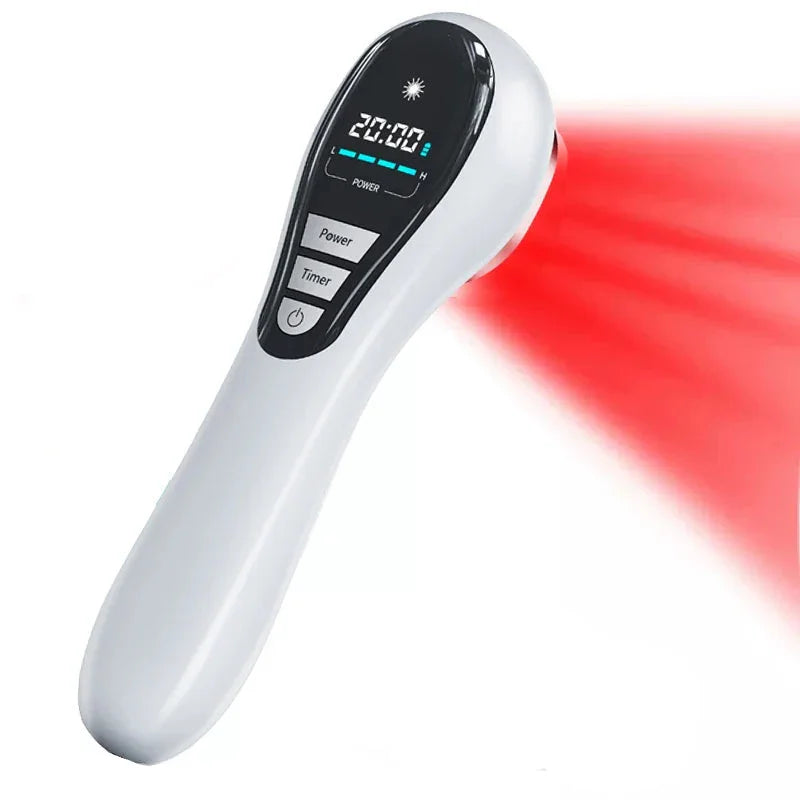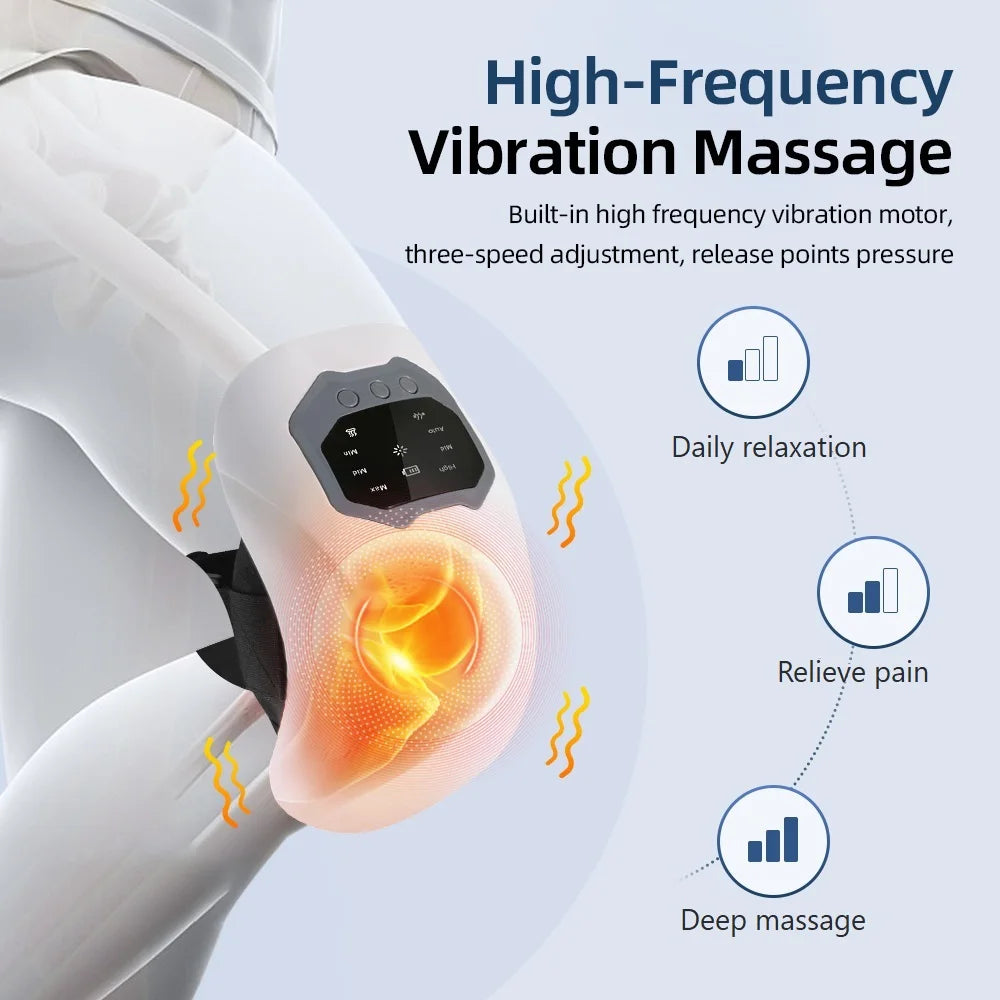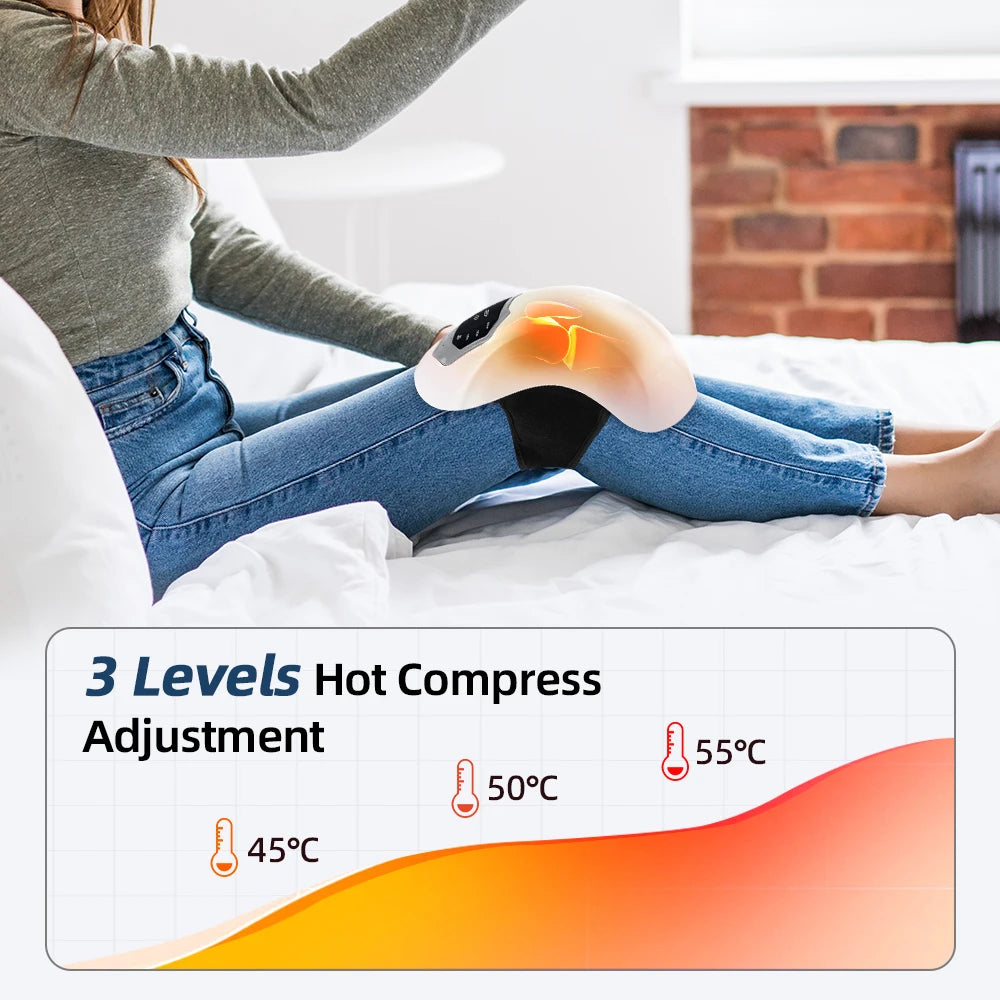What is Red light therapy?
Red light therapy is a non-invasive wellness practice that uses low-level visible red light, often incorporated into personal care routines to support relaxation and help maintain the appearance of healthy skin. It does not involve UV exposure and is generally considered gentle when used as directed. While individual experiences may vary, some people find it a calming addition to their overall wellness lifestyle. This product is not intended to diagnose, treat, cure, or prevent any disease or condition, and users should consult a healthcare professional before starting any new wellness regimen.
Discover how red and near-infrared light are commonly used in wellness routines to support a refreshed, healthy-looking complexion.
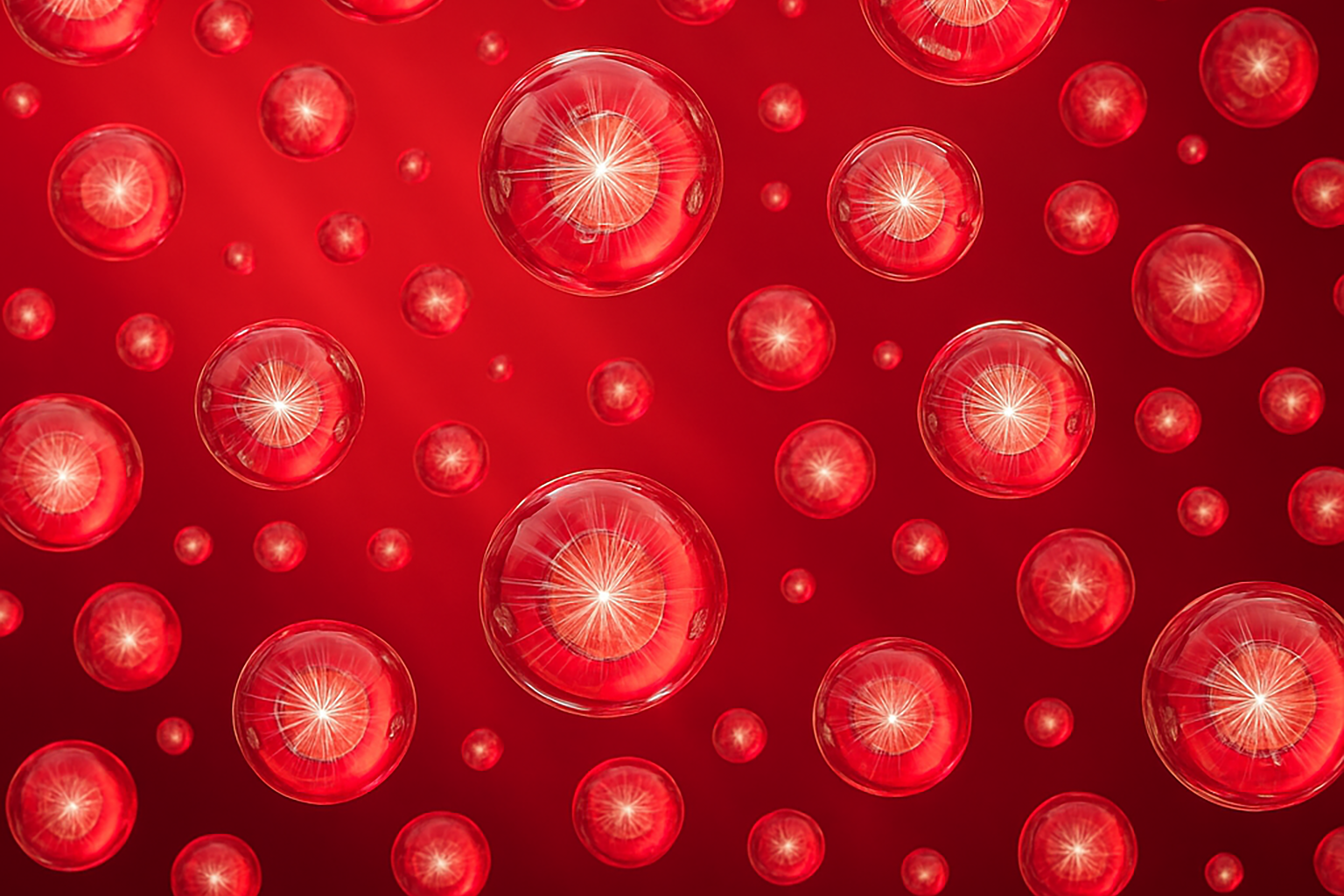
Red and near-infrared light are known to reach deeper layers of the skin and are often used in wellness routines to support a sense of balance and vitality. This gentle light exposure is appreciated for its potential to encourage natural cellular function, helping you feel more refreshed and recharged as part of a regular self-care practice.
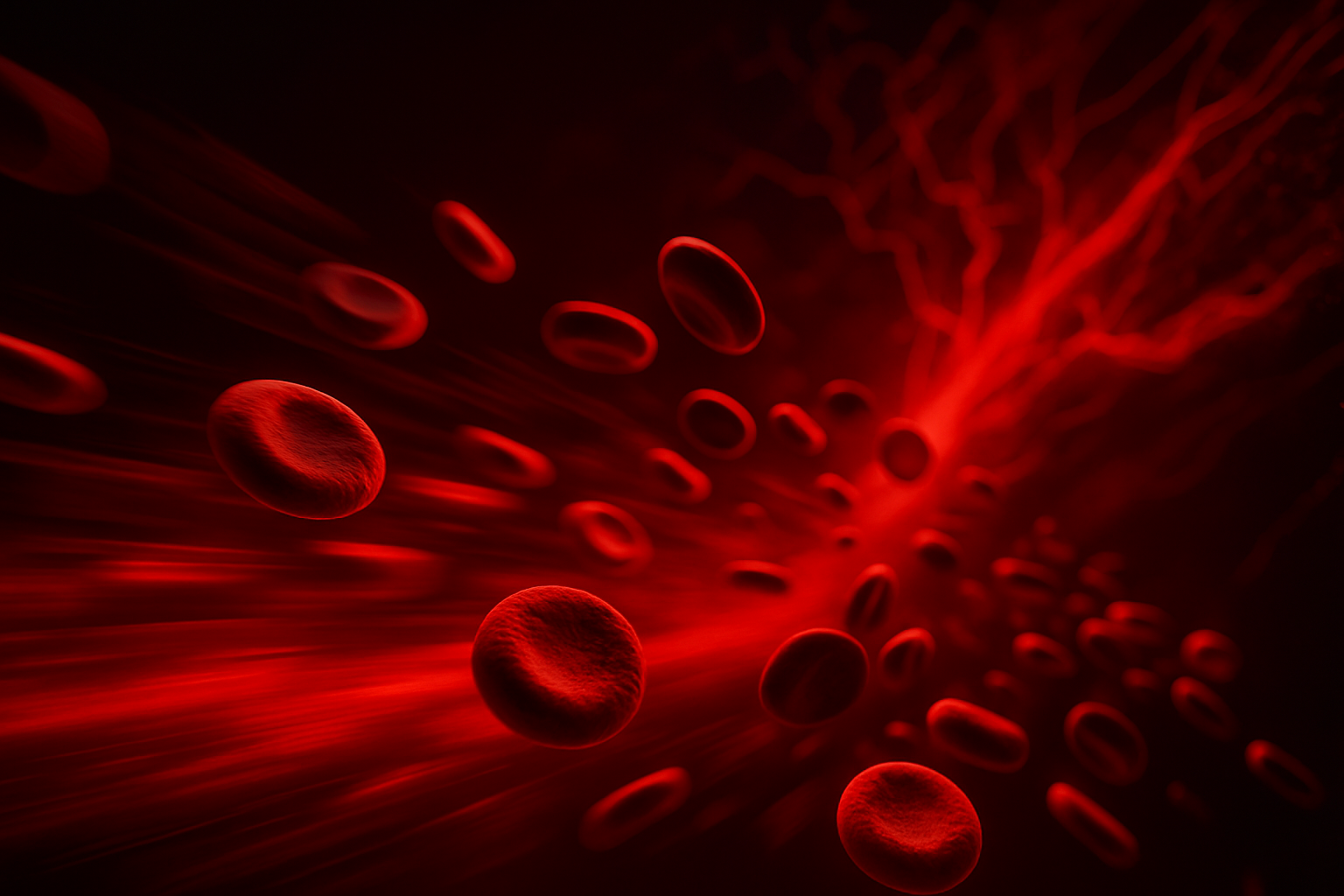
One of the most appreciated aspects of red light therapy is its ability to support overall vitality and circulation. The light reaches beneath the surface of the skin, where it is thought to stimulate natural cellular activity. While results can vary, some people use red light as part of their routine to maintain healthy-looking skin and promote an energised feeling from within.
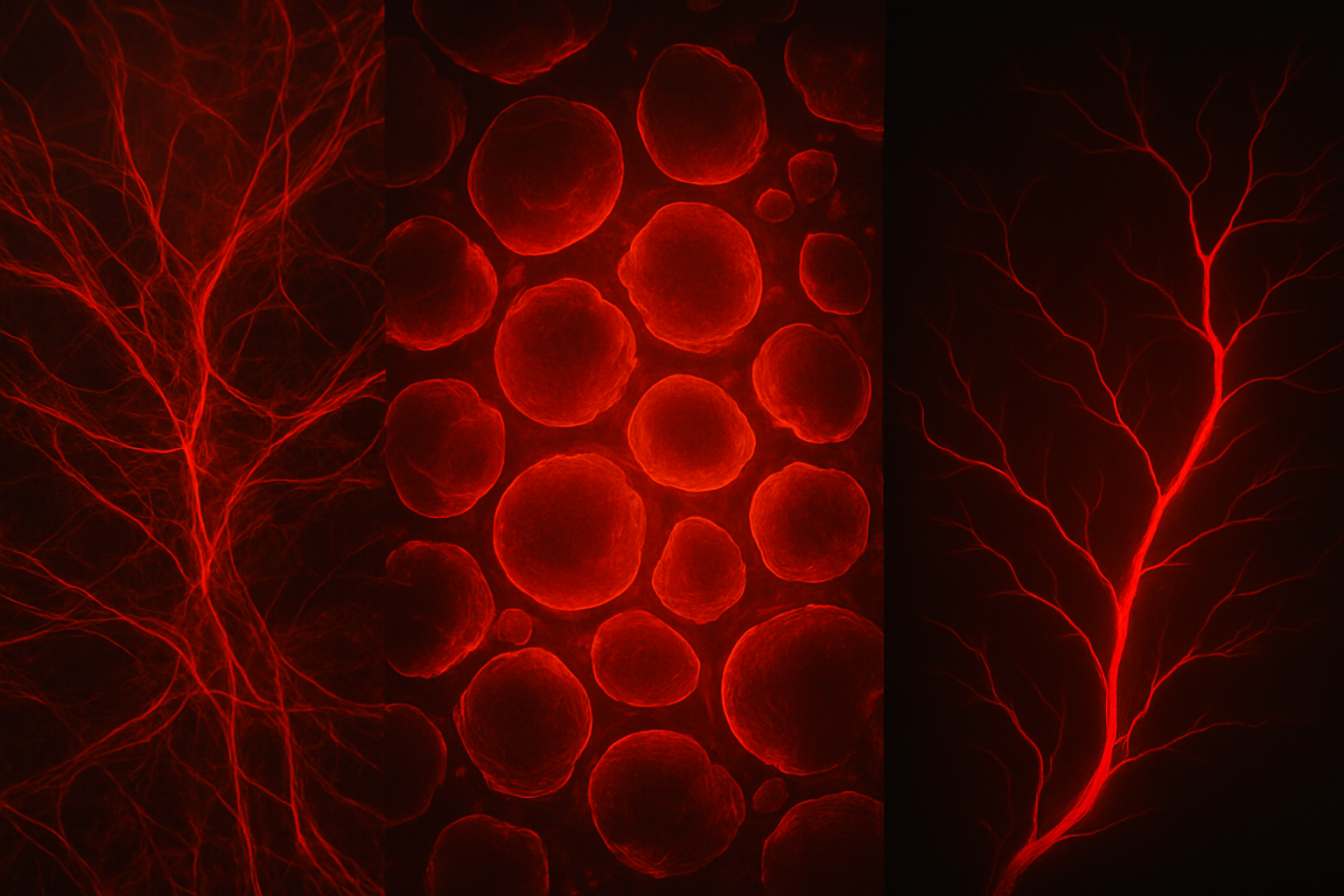
Whether used for general relaxation, as part of a skincare ritual, or simply to unwind, red light therapy offers a calming experience without the need for invasive procedures or recovery time. Its versatility makes it popular in both home and professional wellness settings, providing a simple way to support your self-care goals in a soothing, light-based way.
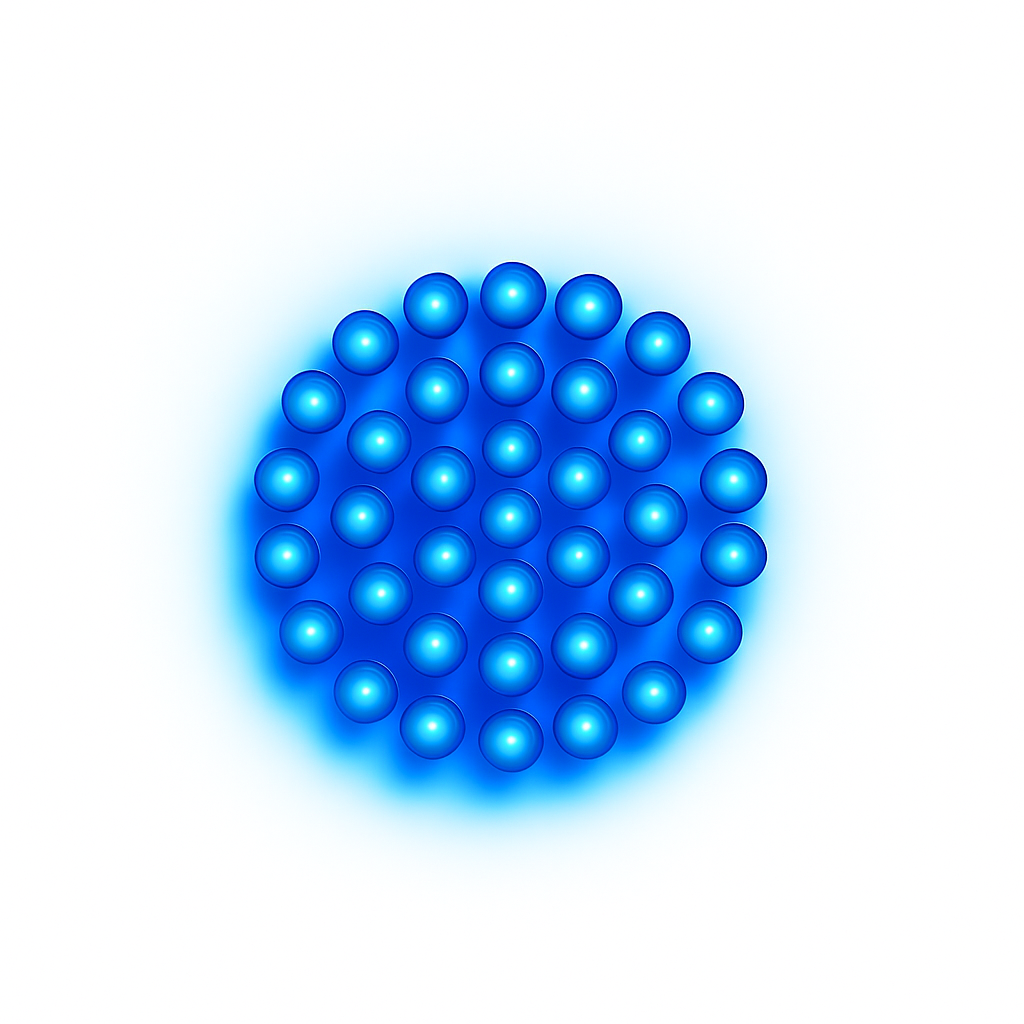
BLUE WAVELENGTH 415-480nm
Combining blue and red light therapy is a popular choice for individuals focused on clear, balanced-looking skin. Blue light is often selected for areas where clarity is a concern, while red light is typically included to help maintain an even skin tone. Together, they form a complementary light-based approach to skincare that’s easy to integrate into everyday wellness practices.
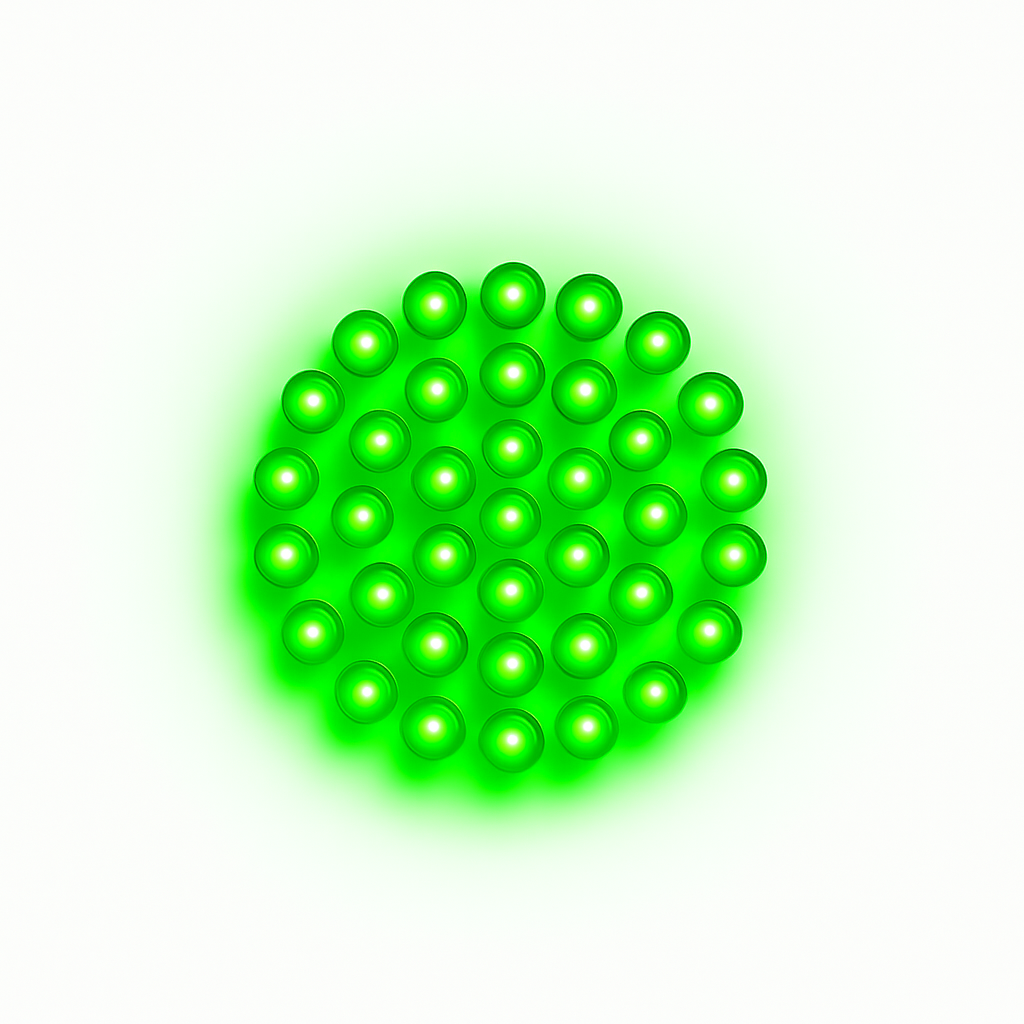
Green Wavelength 535-560nm
Green light therapy is often used in combination with other wavelengths to enhance the overall light therapy experience. It’s commonly appreciated for its calming visual effect and its role in helping users create a more even-toned, refreshed look. Many enjoy adding green light to their self-care routine to round out a broader, light-based approach to skin wellness.

Yellow Wavelength 585-605nm
Known for its gentle glow, yellow light therapy is a subtle yet beneficial addition to light-based skincare routines. It’s often used to support the appearance of brightness and evenness in the skin. When paired with other light colors, yellow light adds a layer of balance and is favored by those who prefer a soft, soothing experience during their wellness sessions.
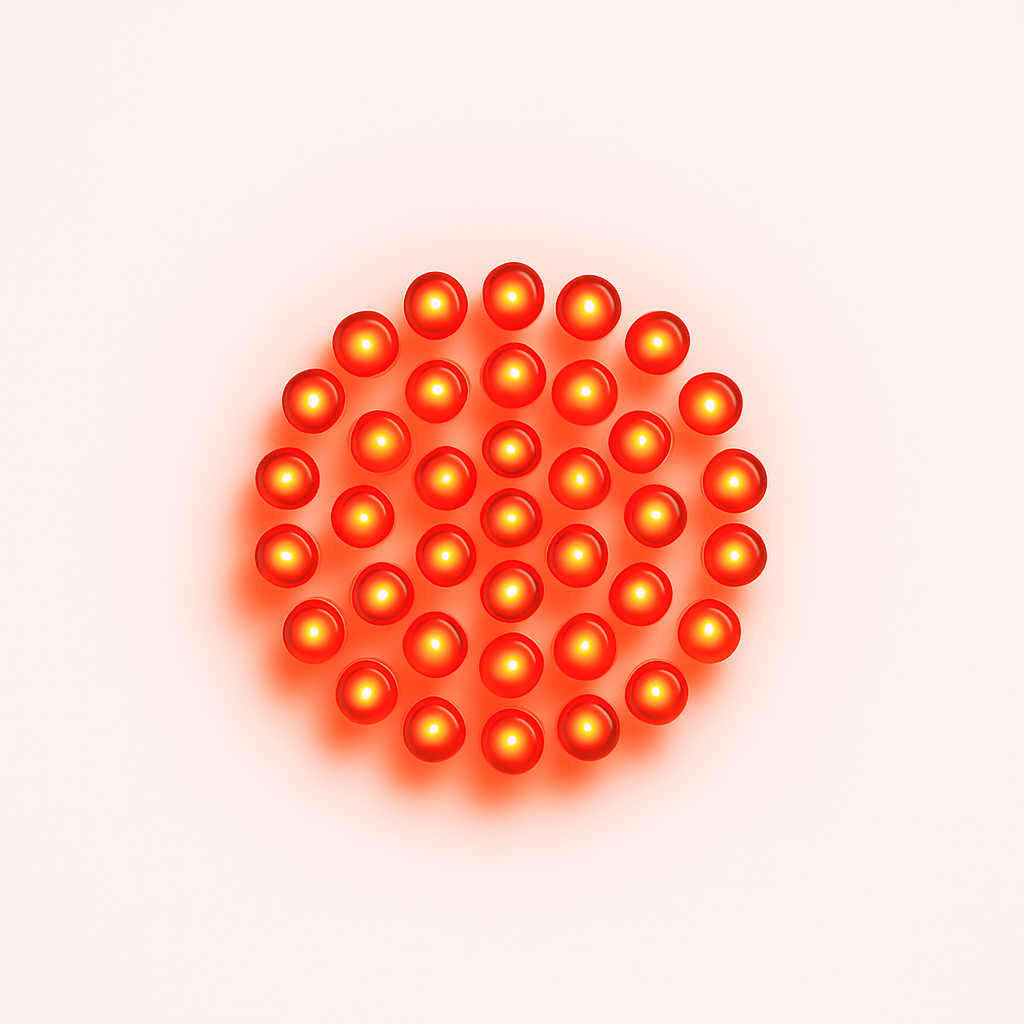
Red Wavelength 630-660nm
Red light therapy is a widely used feature in modern skincare and wellness tools. It’s appreciated for its ability to enhance the appearance of the skin by supporting a smooth, healthy-looking glow. This type of light is often included in self-care routines for its calming warmth and ease of use, making it a favourite among those seeking non-invasive options to maintain skin vitality.
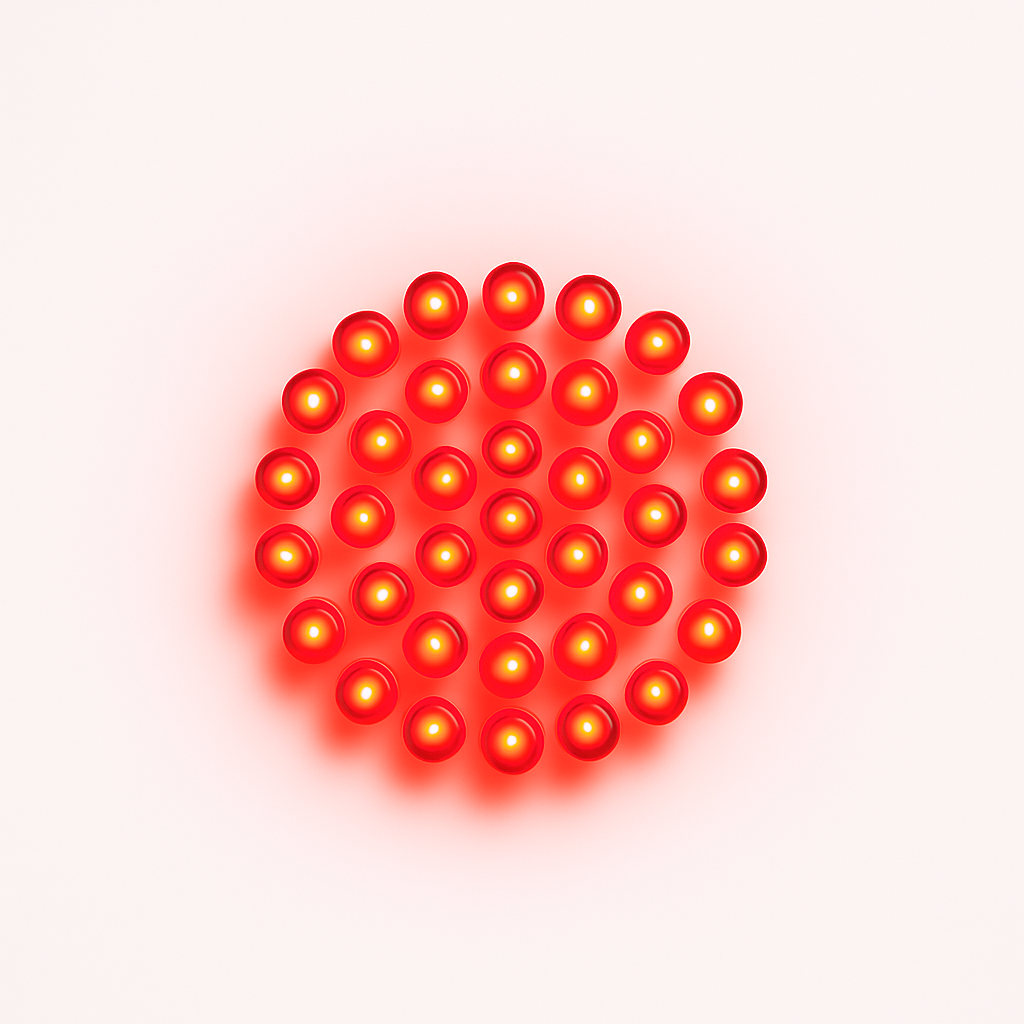
Near-Infrared Wavelength 830-880nm
Near-infrared light at 850 nm is a popular wavelength in full-body wellness devices. It’s valued for its ability to reach beneath the skin’s surface, where it can support deeper-level relaxation and help users feel more balanced. This form of light is frequently used alongside red light to create a more immersive and comprehensive at-home wellness session.
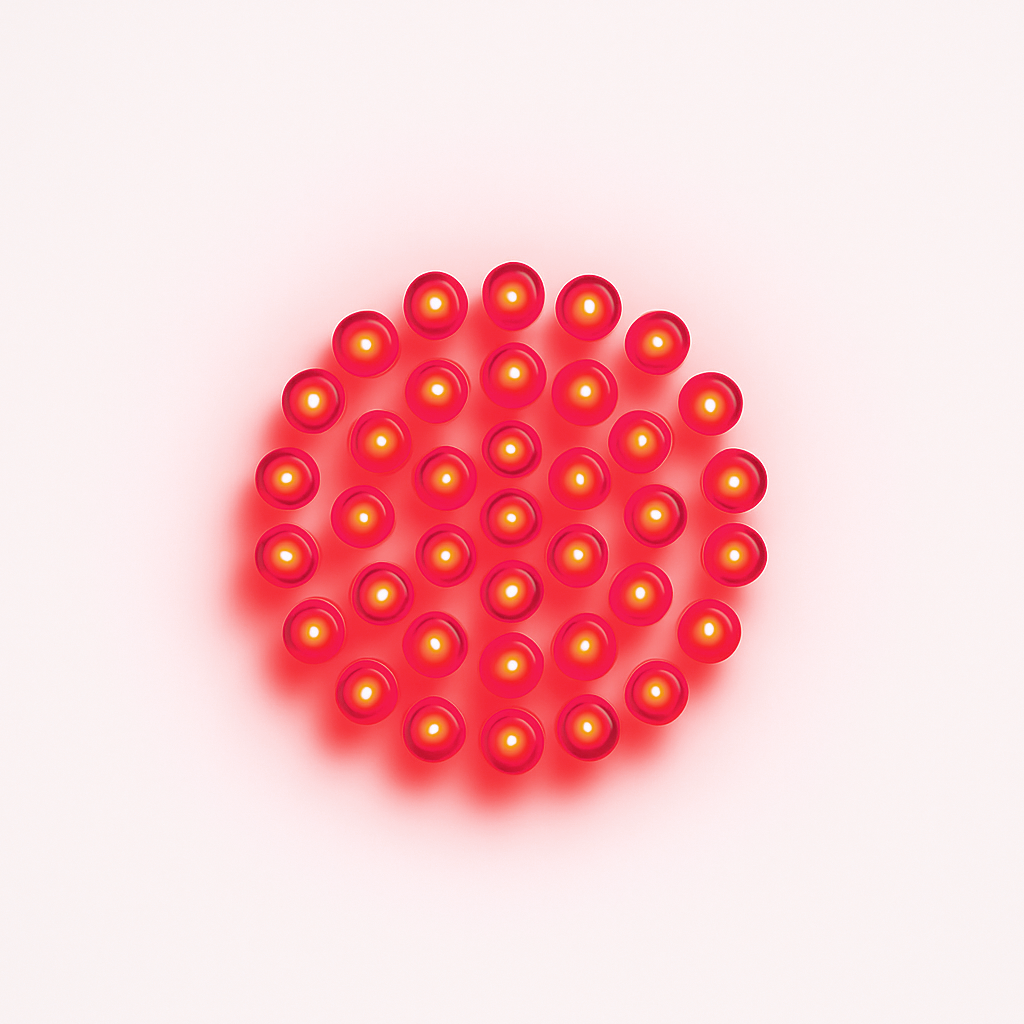
Deep Infrared Wavelength 1064nm
The 1064 nm wavelength is a deeper-reaching form of near-infrared light that’s gaining attention for its inclusion in more advanced light therapy tools. It’s often used in areas where a more targeted, focused approach is desired. When paired with red or other light types, it offers a layered experience that supports the look and feel of the skin in a subtle, natural way.


